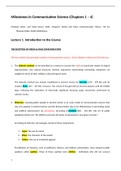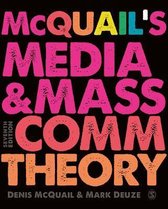Zusammenfassung
Milestones in Communication Science Summary (Chapters 1 - 4)
- Kurs
- Hochschule
- Book
With these notes, studying for the first exam in Milestones in Communication science will feel stupidly easy. All relevant information is summarized in an understandable way. Enjoy!
[ Mehr anzeigen ]





